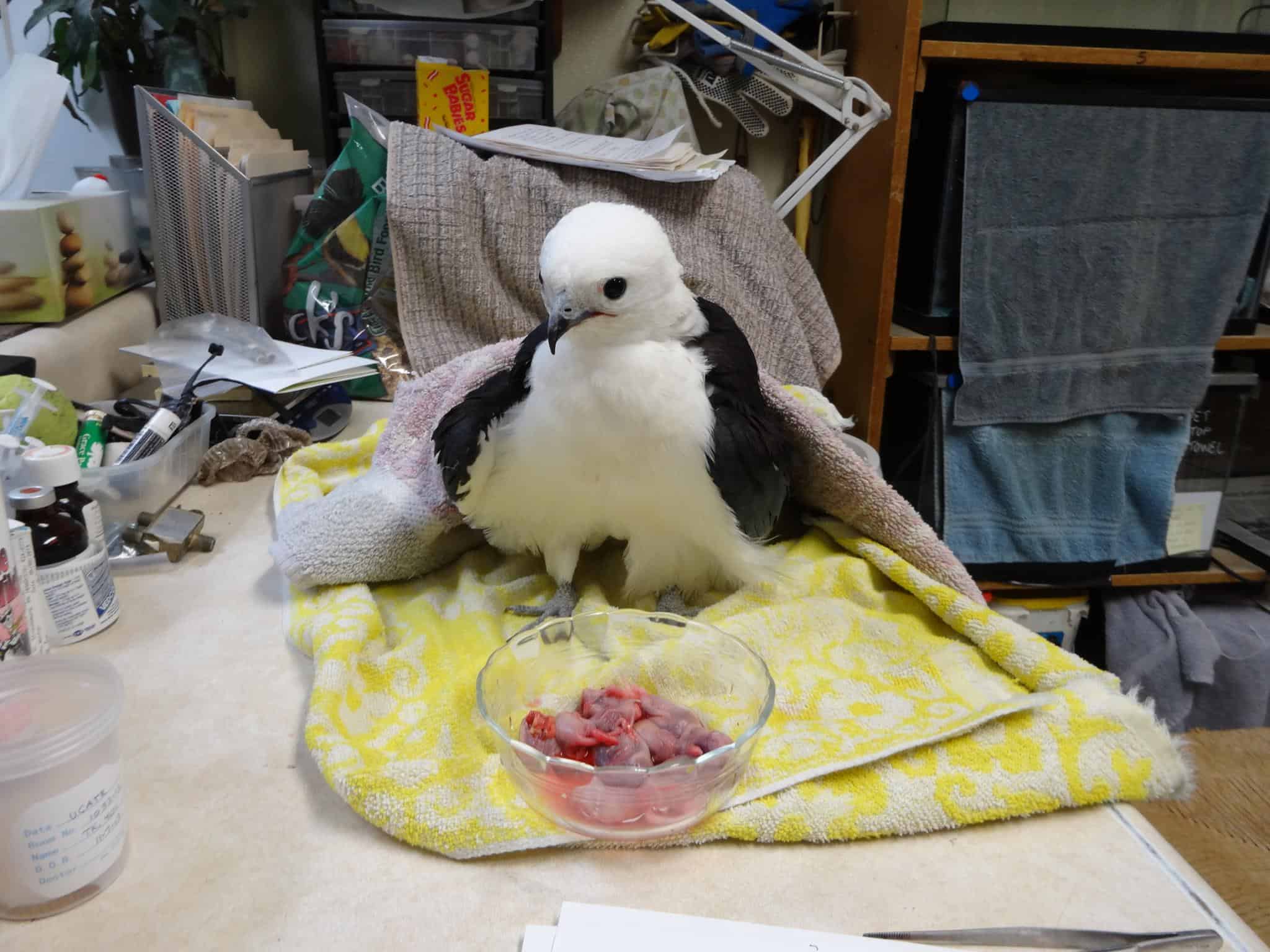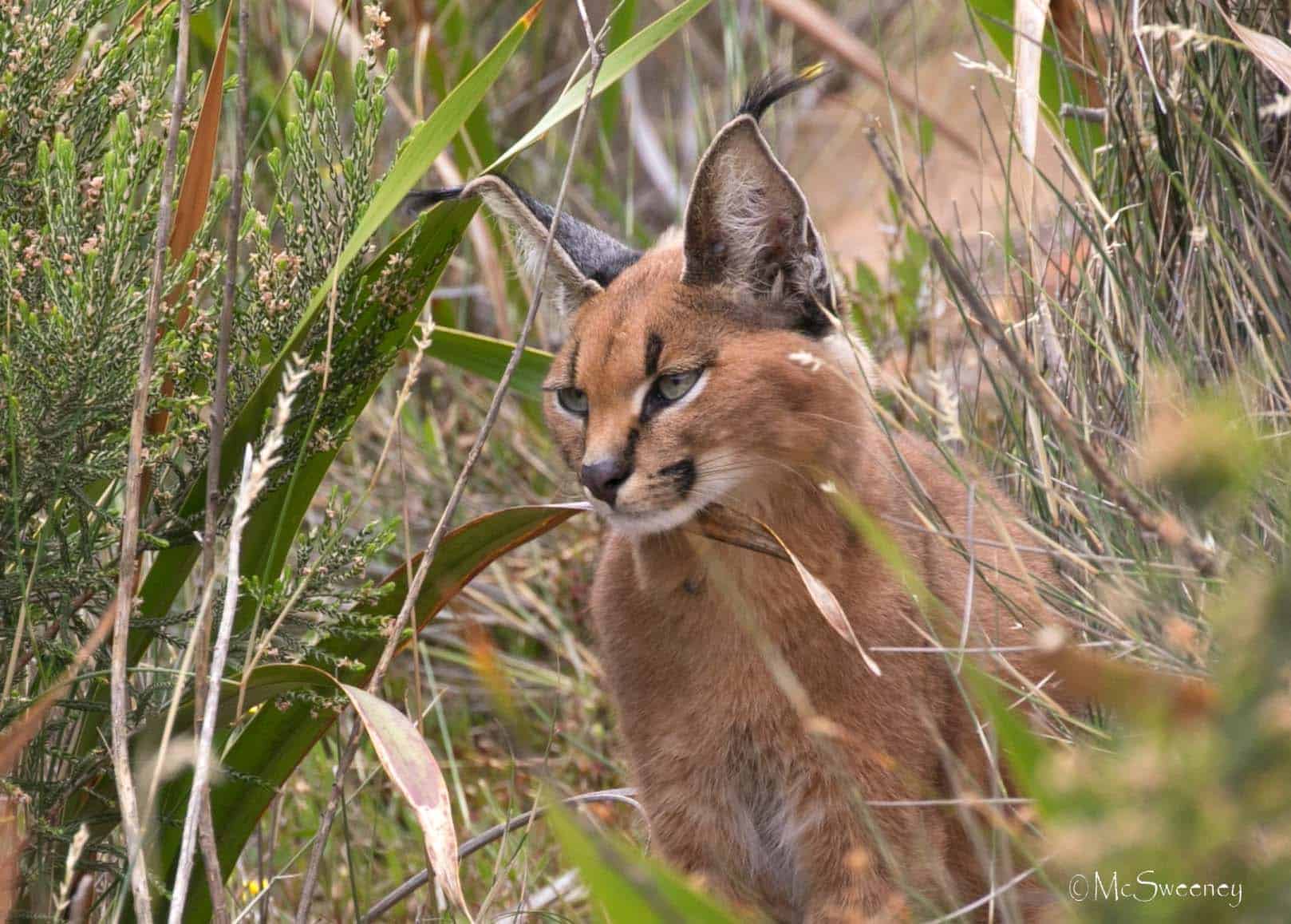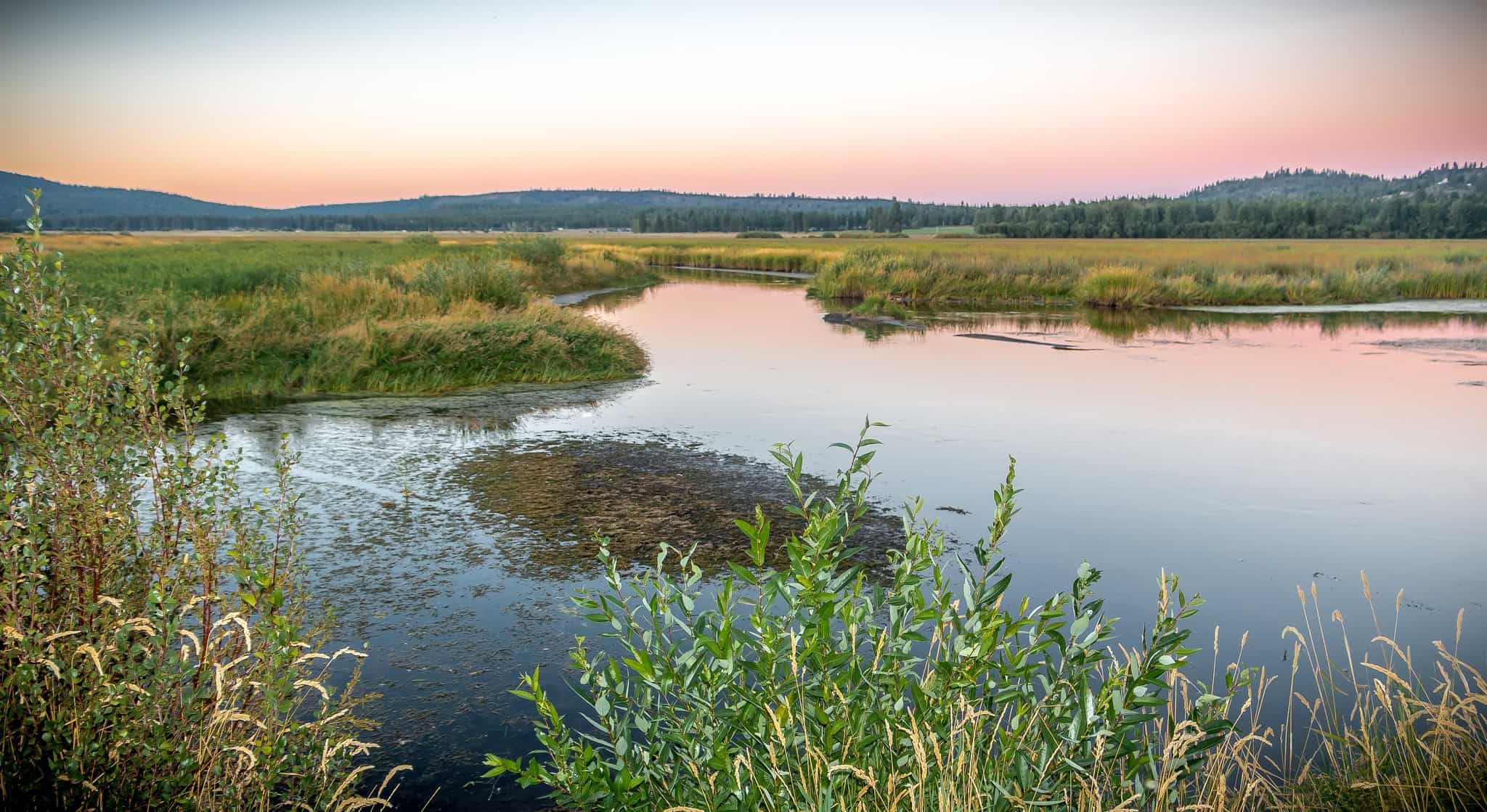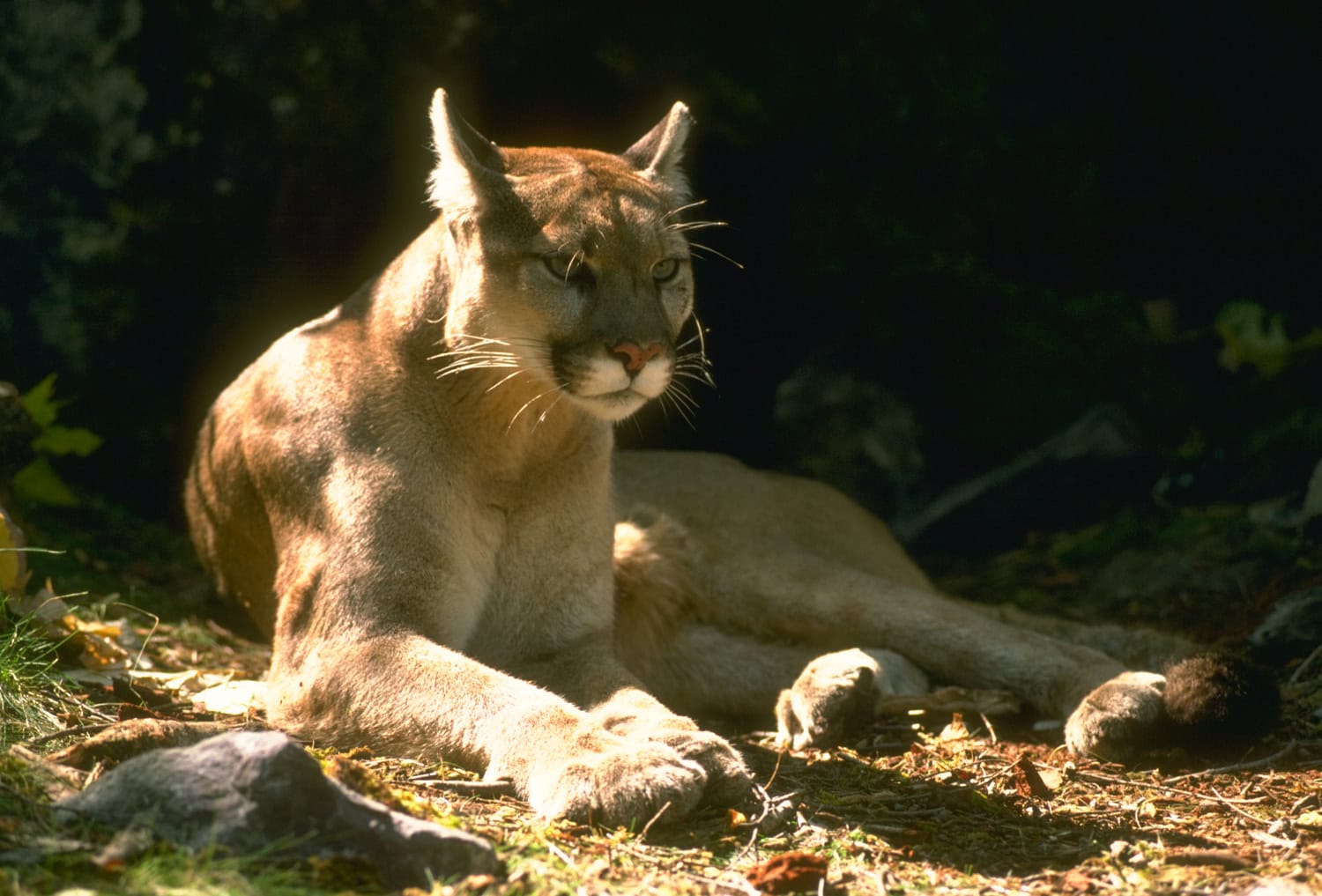Share this article
Wildlife Featured in this article
- Bald eagles
- Black vultures
For wildlife in rehab centers, humans are the culprit
Researchers discover trends using 600,000 records from wildlife rehabilitation centers
Most wildlife treated in rehabilitation centers were brought there as a result of human disturbance.
By examining wildlife rehab records, wildlife managers can discover previously unknown causes for the decrease of animal populations in a given area or in certain times of the year.
“At least 40% of wildlife injuries can be attributed to human disturbance,” said Tara Miller, a policy research specialist at the University of Virginia’s Repair Lab. “That’s 40% we can do something about.”
Miller, who uses the pronouns they and them, became interested in this topic when they learned about rehabilitators treating black vultures (Coragyps atratus) in the Adirondacks, even though the species had previously only been seen farther south.
That wasn’t the only trend wildlife rehab centers were showing. Animals were coming in sick from lead poisoning and pesticides. Baby animals were arriving earlier in the season. West Nile virus was plaguing animals. “An interesting way to track these changes is to use treatment records from professionals already working with wildlife,” Miller said.
Miller led a study, published in Biological Conservation, in which they and their colleagues collected data from wildlife rehab centers around the U.S. and analyzed it to discover trends. Although rehab centers mostly treat animals that people interact with and care more about, Miller said these findings can still inform wildlife management and conservation.
Collecting the data required a lot of patience—and digitizing. Miller visited some centers in person, made copies of paper records, and typed up data into spreadsheets. They also were able to tap into some gigantic newly available digital datasets. For example, the Wildlife Center of Virginia created the WILD-ONe database that includes information from wildlife centers across the United States. “Tara was there during a golden moment when centers were moving away from paper records to digitization,” said Richard Primack, Miller’s advisor.
After collecting and analyzing more than 600,000 wildlife treatment records from almost every U.S. state and eight Canadian provinces covering the last 10 years, the team found that vehicle collisions were the biggest reason for wildlife coming to the centers. Human activity, in general, accounted for 40% of the dataset, including things like building collisions and fishing-related incidents. That number could be even higher, since some records noted an injury but the cause was unknown.
The study findings also suggested species like bald eagles (Haliaeetus leucocephalus) had high levels of toxins such as lead from ammunition, although some centers reported that they lacked funding to test samples.
Season also mattered; higher lead poisoning incidents correlated with the late fall and winter hunting season.
In addition, hurricanes and flooding led to more species coming to rehab centers. “These big weather events are increasing in frequency and intensity because of climate change, and can be very harmful to wildlife,” Miller said.
The team also found that about one third of the animals that enter rehab centers are released back into the wild, with different rehabilitation success rates for different species.
Miller said this study just scratched the surface regarding what types of insights the data can provide. Scientists can focus on an endangered species, for example, or pull out the trends in a specific state or county. While the wildlife center information is not the scientist’s ideal randomized study, it can give researchers a good place to start.
Miller also pointed out that information on where injuries or illnesses are happening can inform wildlife management, such as where to build wildlife crossings on roads or whether to change speed limits.
Header Image: A swallow-tailed kite (Elanoides forficatus) found in Lehigh County, Pennsylvania after being blown off course by a winter storm. Credit: U.S. Fish and Wildlife Service








